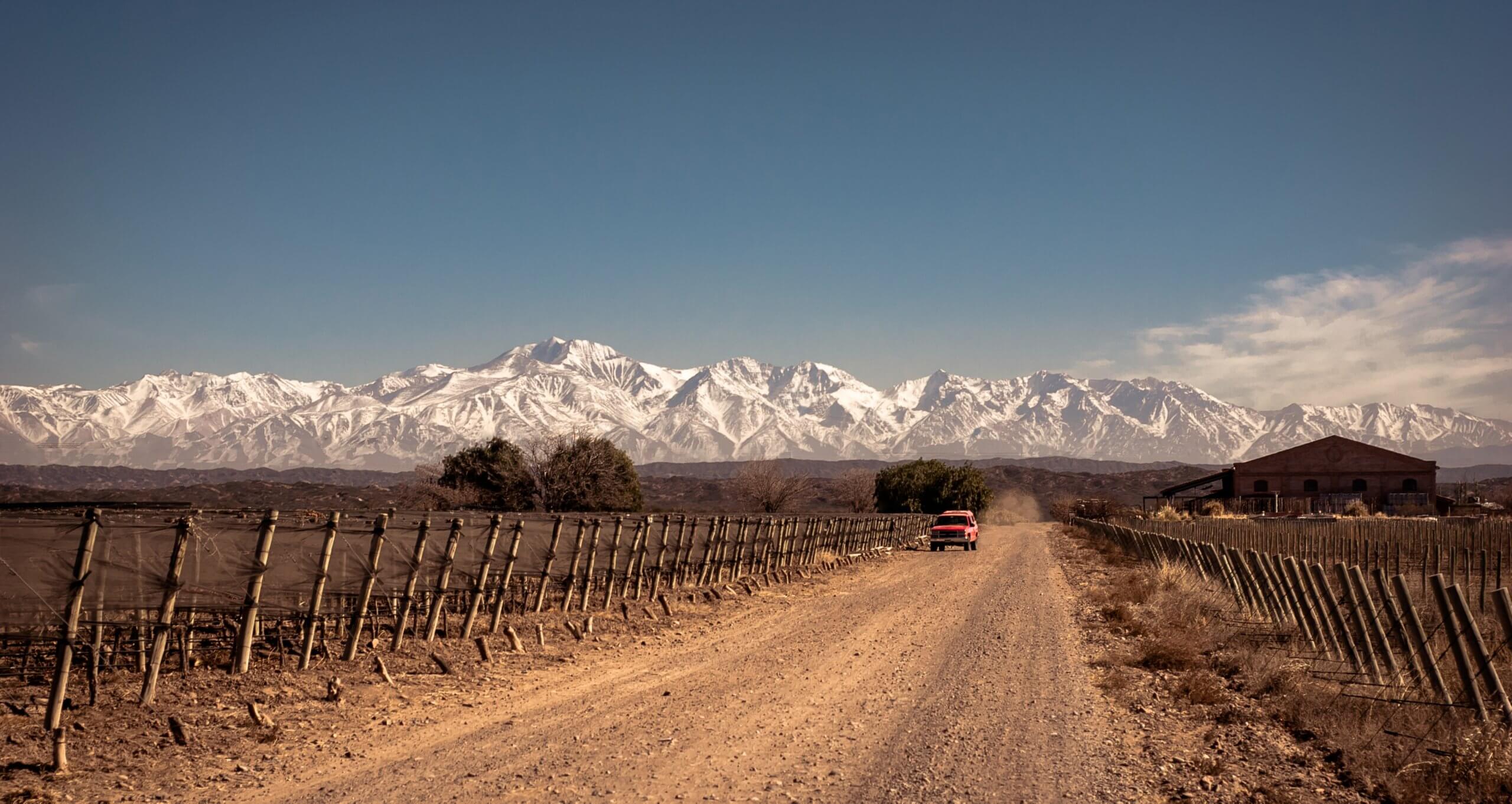
Altos las Hormigas
Altos las Hormigas? In Spanish that means “stop the ants”. Why then such a strange name in a universe of other wineries in Argentina that have melodious sounding ones like Gascon, Pont l’Eveque, Valmont or Luigi Bosca?
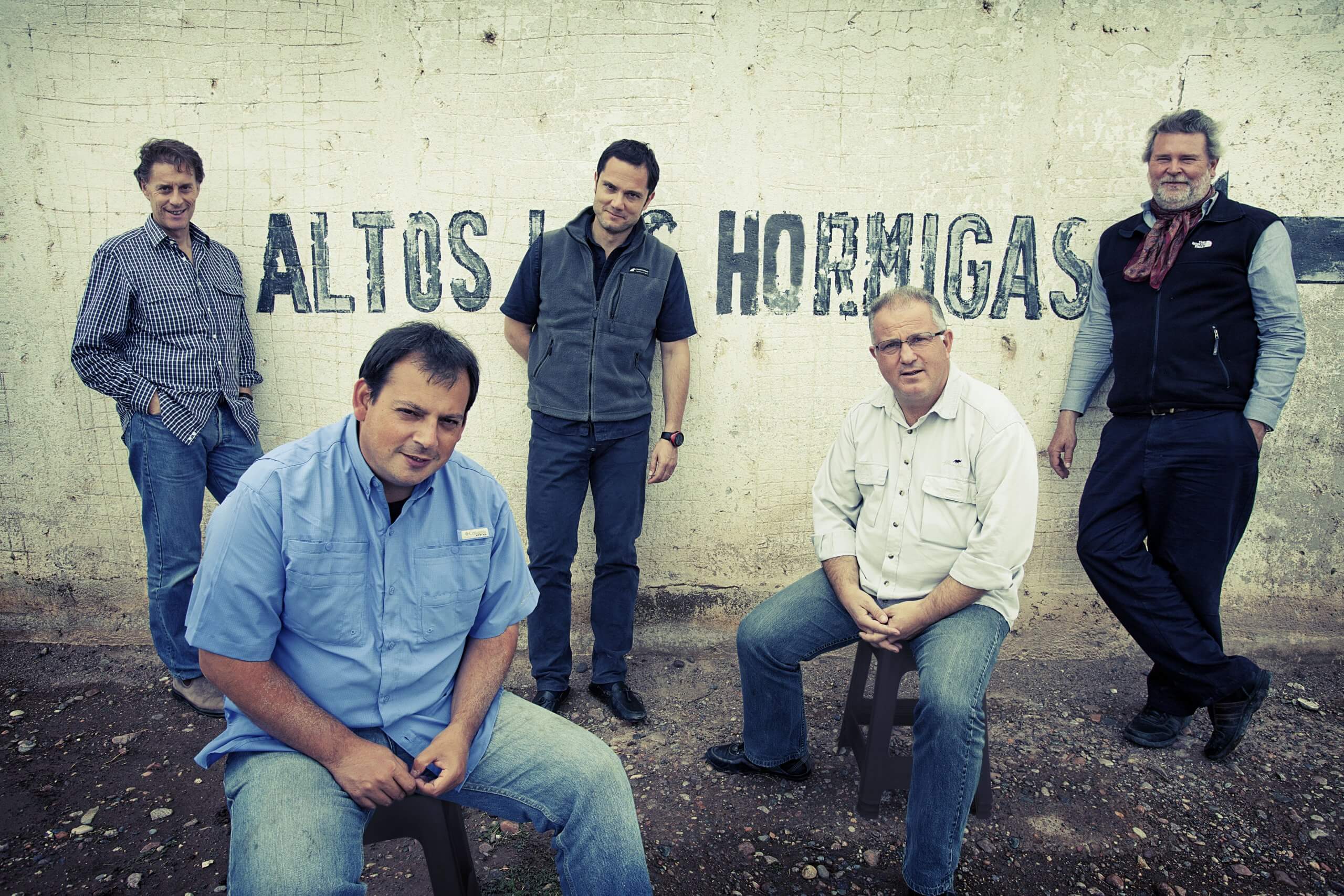
The answer to the riddle began in 1995 when Antonio Morescalchi and Alberto Antonini bought 206 hectares of land in Luján de Cuyo. Soon after having planted their first vineyards, the fight against leaf cutting ants began. These diligent insects decimate young grape sprouts and are able in only one night to destroy several days of hard work. However, spurning traditional pesticides the two Italians chose instead to employ biological aids to repel the beasts. It took time, but in the end they were successful. With a tongue in cheek reference to a local idiom for hard work, “un trabajo de hormigas”, the pair then chose ‘Altos las Hormigas’ as the name for their new winery, paying tribute to the ants as the former owners of this precious land.
Today, the estate produces between about 1.200.000 bottles a year, much of which is exported to more than fifty different countries. The range of wines can thus now be found in numerous finer restaurants around the world and has garnered high ratings from all of the famous wine guides.
Not only the odd name caused a fury in Argentina. The pair’s singular focus on the Malbec grape variety from Cahors in southwestern France was at the time new and, at least in the beginning, provocative.
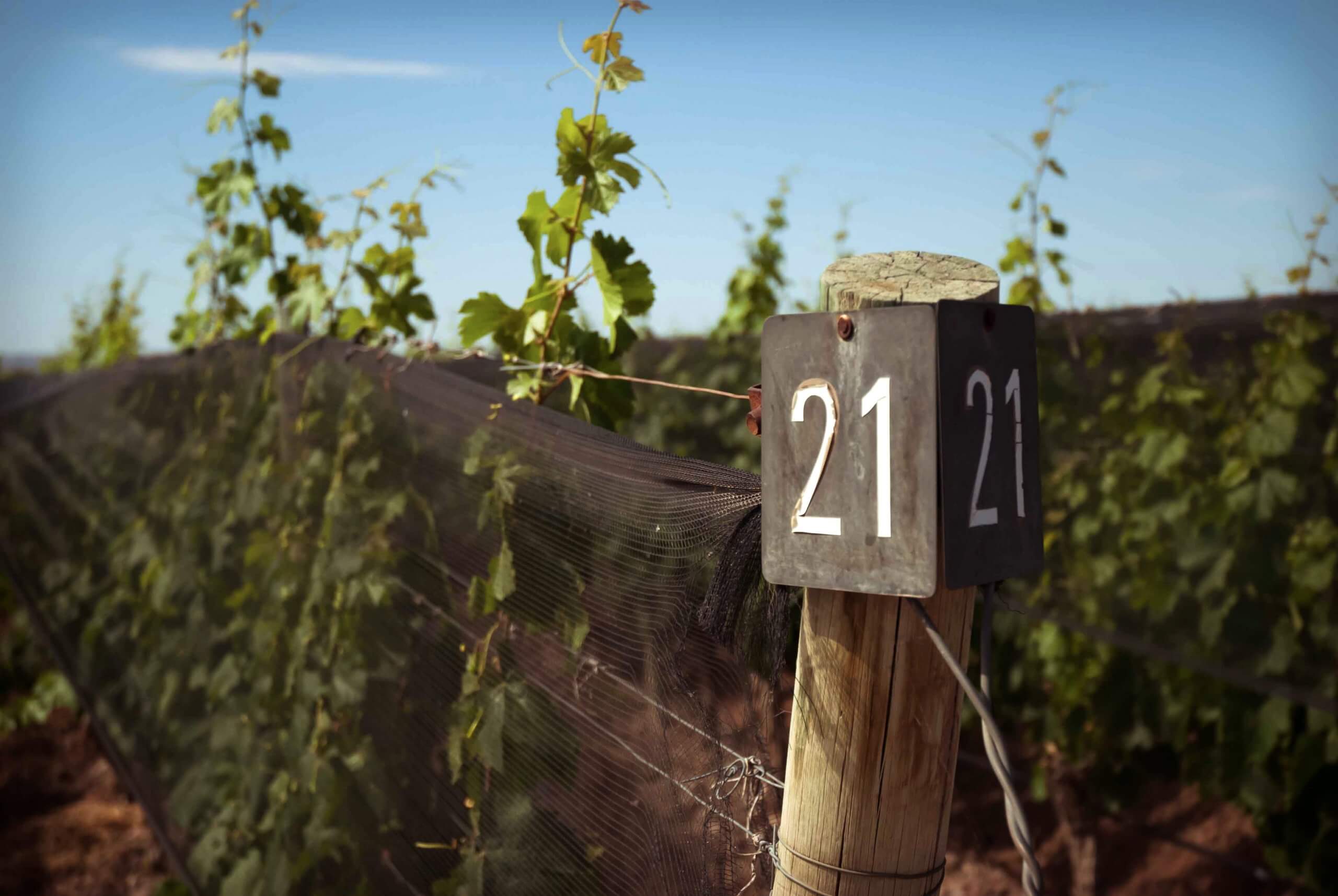
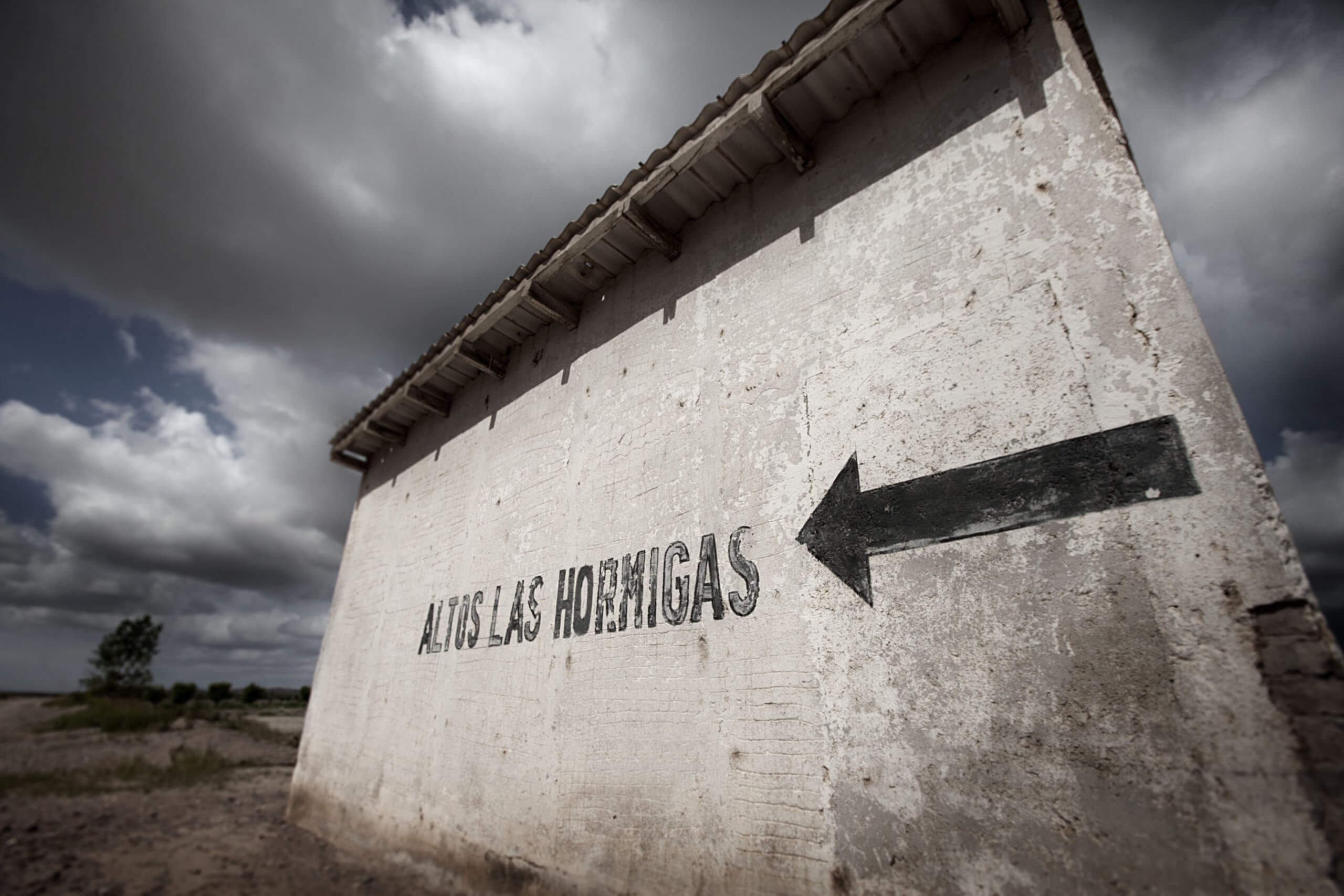
Geology
The Finca Altos Las Hormigas in Luján de Cuyo is situated about twenty kilometres southeast of Mendoza. Enclosed between the majestic Andean Cordillera in the west and a ridge in the east, the region has a particular micro climate with large diurnal temperatures that are essential for flavour development. Moreover, the best soils of the Uco Valley, as it is called, are found in Gualtallary and Altamira. These are old river beds, or river terraces, with high calcareous content in their lower layers. In the middle and upper strata the dominate component is clay. As the proportions and depths vary widely, Antonio Morescalchi and Alberto Antonini decided to commission detailed geomorphic studies for each site, incorporating micro climate into their ideas.
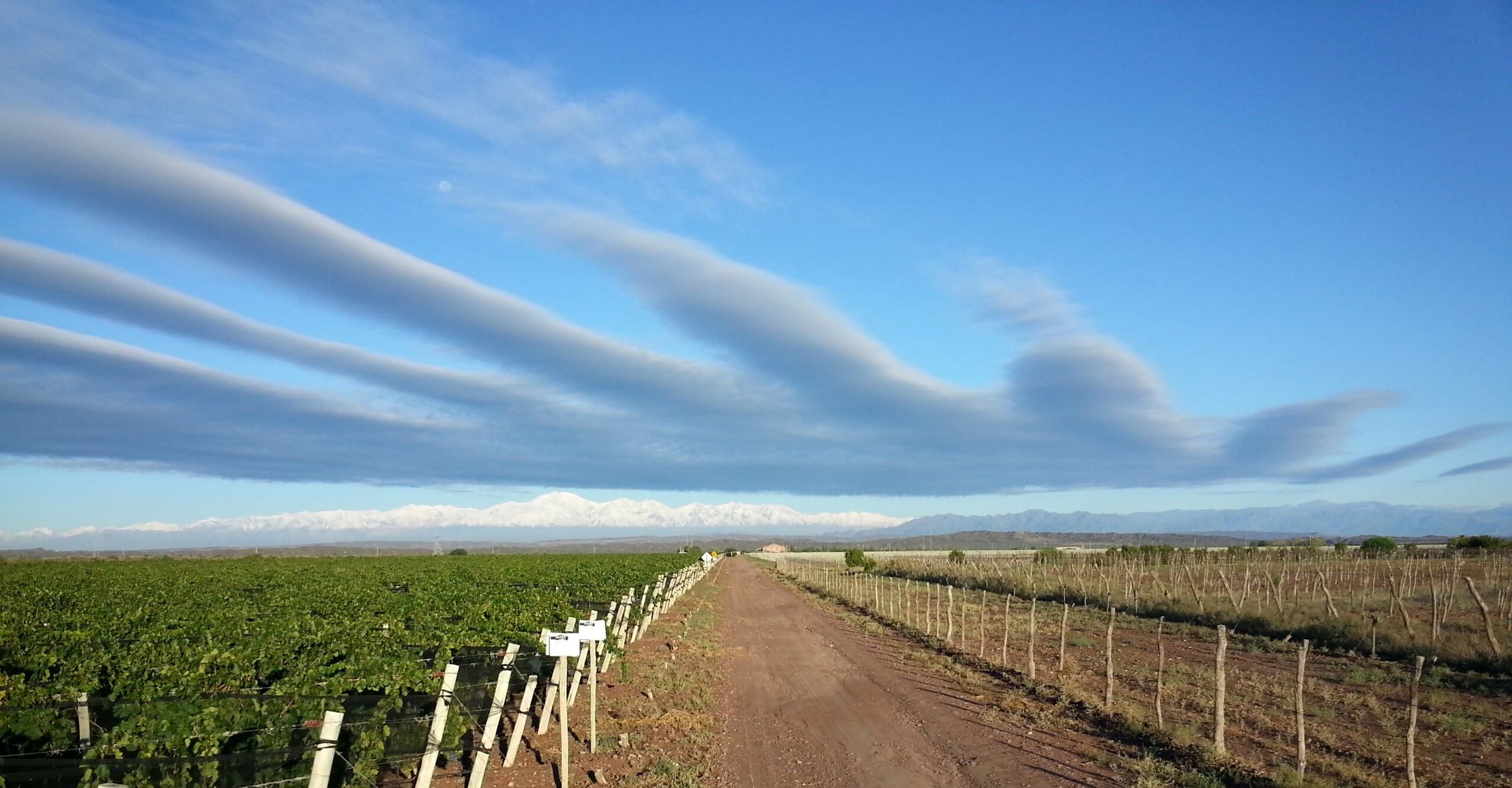
In Luján de Cuyo, some 800 metres above sea level, the sandy clay soils both slow ripening and ensure sufficient water for the vines. While the clay layers provide mineral nutrients and store water, the sandy layers avoid sludge, making the soil more permeable and allowing Malbec to produce both fruity and concentrated wines.
Gualtallary and Altamira
The highest vineyards are found in Gualtallary and rise to 1,600 metres above sea level. Despite the cool climate, the grapes ripen earlier than in Altamira. The altitude and the calcareous gravel soil tease the best out of the vines. The fresh, powerful and aromatic wines, with their balanced acidity, are certainly one of the most fascinating interpretations of the Malbec variety to be found in Argentina.
Altamira, at 1,200 metres above sea level, is a small terrace at the southwestern end of the Uco Valley along the foothills of the Andes. The microclimate here is both cool and windy. Intensive studies have recently revealed that the calcareous gravel soils found here routinely produce elegant, concentrated wines. Today, Altos’ Malbecs from Altamira show perfectly that such wines from Mendoza can reveal richness, persistence and depth without being overpowering.
Malbec & Bonarda
The Altos Las Hormigas wines
Besides patience, other ants’ virtues are needed to produce fine wines. The vineyards are thus farmed organically. In the cellar, the motto is simple: “less is more”. During the maceration period, the tannins and phenols are extracted very gently, no new oak barriques are employed and only a very minimum of sulphur used. Furthermore, a relatively early harvest guarantees a lower level of alcohol compared to the often overblown Malbecs that some consumers often wrongly associate with the region.
Malbec Clásico
Mendoza

This Malbec comes from some of the best vineyards in Luyán de Cuyo and Medrano, with a smaller percentage from the Uco Valley. All share a dry, semi desert climate with cold nights. The alluvial soil contains enough clay to provide mineral nutrients, good drainage and a late ripening. The grapes from the different vineyards are vinified separately, gently pressed and fermented spontaneously to emphasize the character of each single site. Fermentation is done in stainless steel at temperatures between 24 and 28° centigrade. Thereafter, the Malbec Clásico matures for twelve months in cement tanks. The resulting wines are fresh and fruity, with hints of cherries and plums. Juicy on the palate, they show soft, structured tannins and a pleasing finish.
Malbec Terroir
Valle de Uco
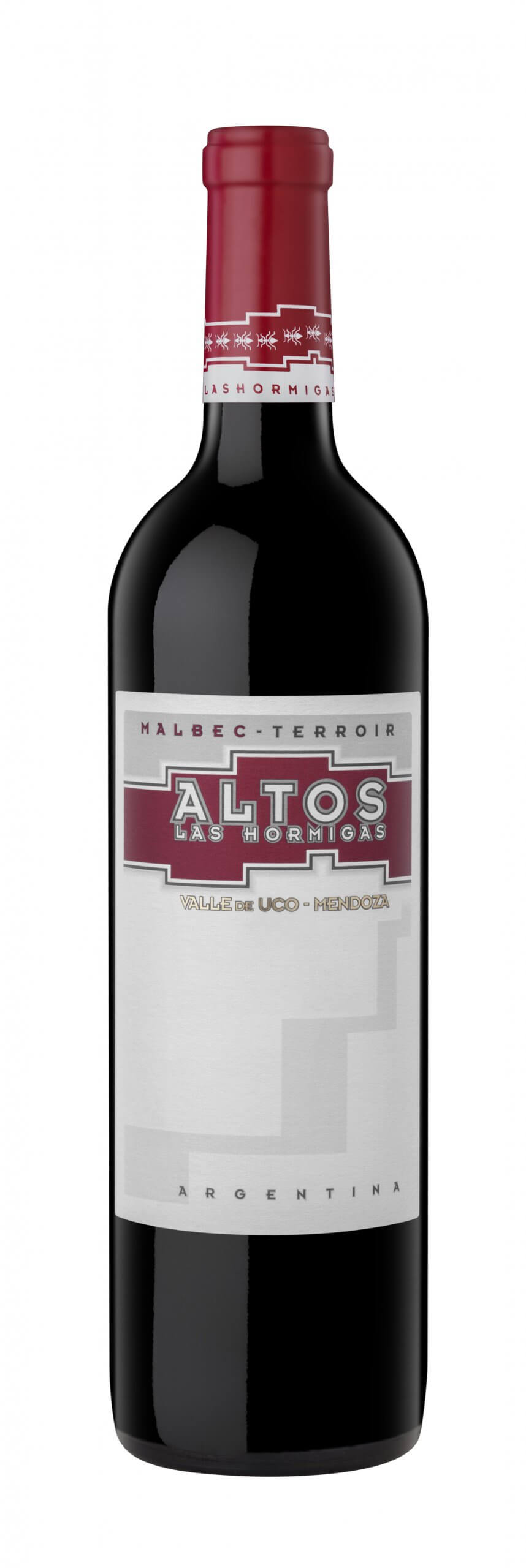
This Malbec comes primarily from Altamira in the Uco Valley with its gravelly alluvial soil. The grapes are vinified separately and carefully selected before being fermented for twelve days at temperatures between 24°C and 28° centigrade in small, stainless steel tanks with regional yeasts. Half of the young wine matures for a year in cement tanks, a quarter remains in stainless steel and the remaining part is aged in large, untoasted oak casks. The ensuing wine shows light hints of violets with a mineral edge, combined with flavours of cherries, plums and fresh figs, all characteristic for the river terraces of the Uco Valley.
Malbec Reserve
Valle de Uco
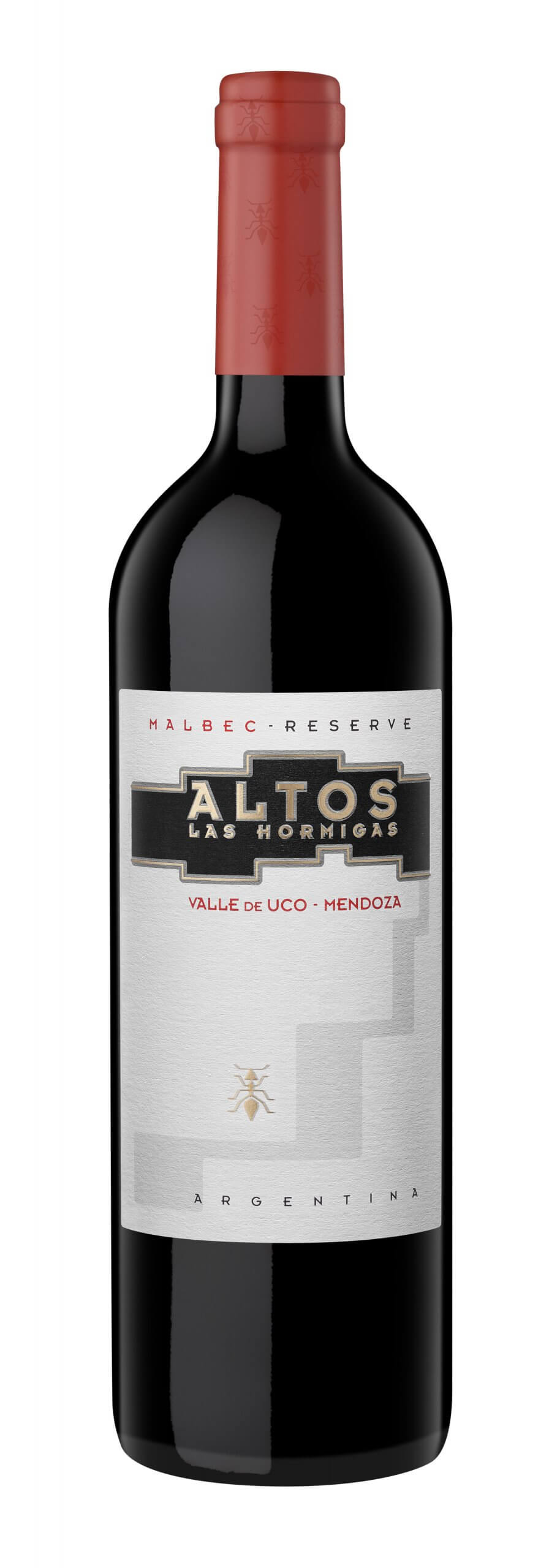
100% Malbec, 100% Valle de Uco, 100% limestone! The vines for this wine grow on alluvial soils in Gualtallary. Their high percentage of limestone is responsible for perfectly structured tannins and long finish. Hand-picked, the grapes are gentle pressed and fermented using a selection of regional yeasts. The young wine then matures for eighteen months in 3,500 litre oak cask und and spends a further six months in bottle before release. Nonetheless, the wine still needs a breather after opening and thus merits decanting. Quite complex, and with a strong regional character, this high quality Malbec displays a subtle interaction of minerality, freshness, finely structured tannins and a long finish.
Malbec Gualtallary
Valle de Uco

100% Malbec, 100% Valle de Uco, two thirds limestone. The grapes for this wine grow on alluvial soil in Gualtallary. Malbecs from this region are powerful and finely structured with balanced tannins and refreshing minerality. The grapes are carefully selected and fermented using only wild yeasts for fourteen days under 24° centigrade using the classical ‘pigeage’ technique. Thereafter it first remains in 3,500 litre, untoasted oak casks and then for a further twelve months in bottle before release. An aroma of cranberries, herbs and spices animates the nose. On the palate the intense fruit of a nicely balanced wine is braced with strong minerality.
Malbec Altamira
Valle de Uco

100% Malbec, 100% Valle de Uco, 85% limestone. The Altamira river terraces are situated 1,200 m above sea level and generate elegantly fruity wines with a mineral edge. Vinified and matured like Gualtallary, it is slightly fresher and more harmonious, with aroma of red berries, cherries, raspberries, rocket, thyme, hints of graphite and flint. On the palate, the velvety tannins pair with compact fruit. Nonetheless, this is a Malbec with a strong backbone, quite characteristic for Altamira.
Colonia Las Liebres
Bonarda
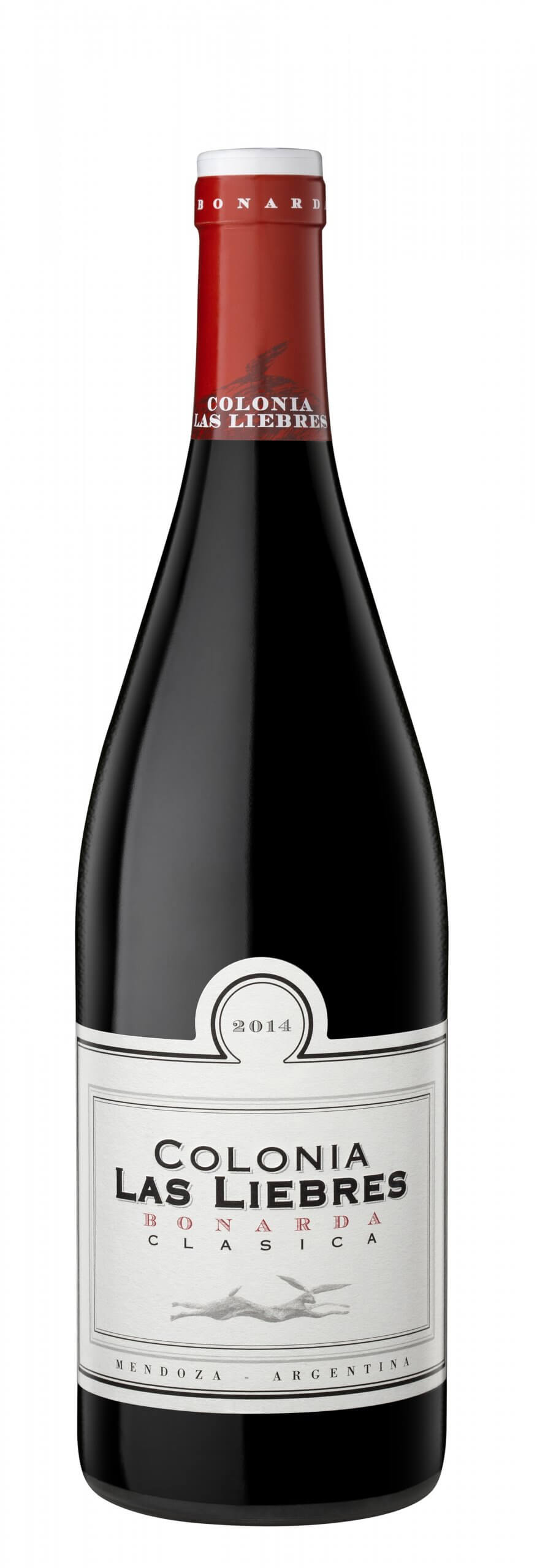
The grapes for this pure Bonarda come from Medrano and Carrizal de Abajo, a unique micro climate 800 metres above sea level, where the poor soil stimulates the development of roots. Fermentation takes place in large stainless steel tanks. Thereafter the wine is matured in cement to maintain both its freshness and the typicity of the Bonarda grape. On the nose dark fruit dominates, nuanced with cherry, cassis, hints of black pepper and a touch of lavender. On the palate, a subtle note of raspberry marmalade makes this Bonarda easy to drink, pairing nicely with all kinds of dishes.
Colonia Las Liebres
(Brut Rosé)

This sparkling wine is made from Bonarda grapes grown on alluvial soils in El Peral in the Uco Valley. Shortly after harvest, the grapes are gently pressed, fermented first in stainless steel tanks and then a second time in the bottle using the Méthode Champenoise. There it spends six months on the yeast and is then disgorged without dosage. While seductive aromas of cherries and spices appear on the nose, this Brut Rosé is refreshingly complete on the palate, with a smooth ‘perlage’. It is without doubt a sparkling wine that represents both the grape and the terroir at their best.
Altos Las Hormigas Tinto
Mendoza
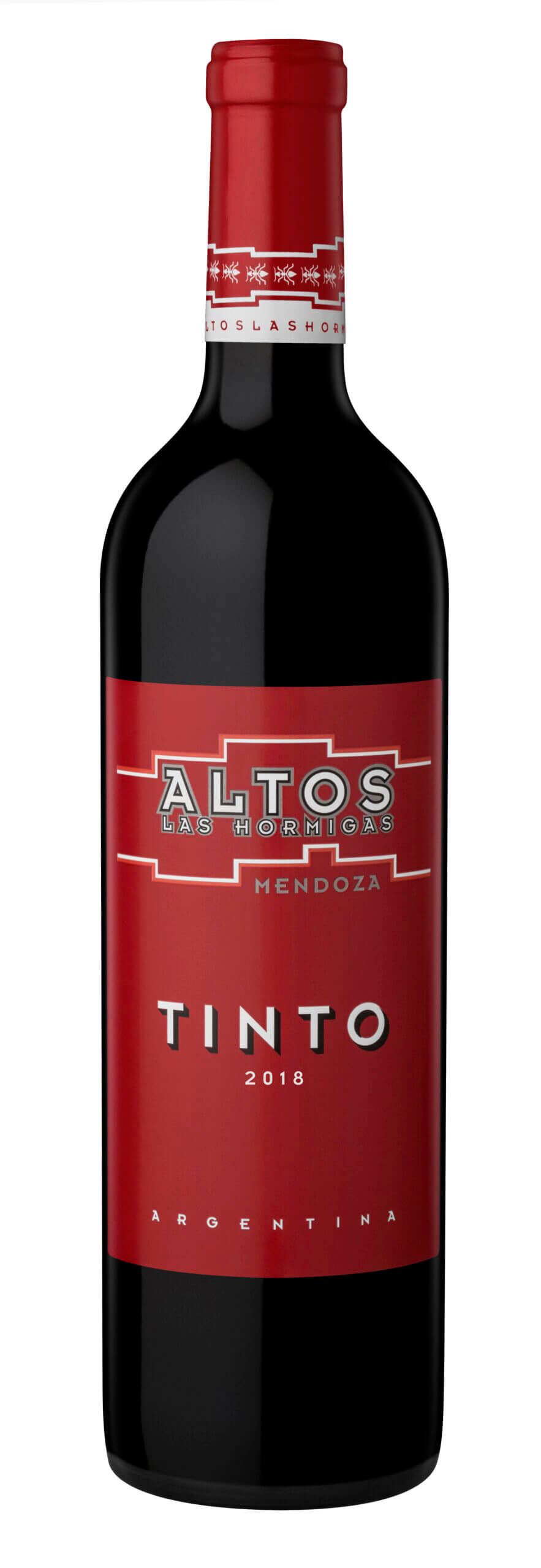
Tinto is a blend of Malbec, Bonarda and Semillon from Luján de Cuyo and Medrano. While Malbec and Semillon are fermented together for ten days in stainless steel tanks at 24 to 28° centrigrade using regional yeasts, the Bonarda is kept separate. The young wine then stays for some nine months in cement tanks. On the nose you’ll discover aromas of red berries, citrus and spices. On the palate the fruit is concentrated and the structure velvety, making it the perfect entry level wine for Mediterranean dishes, eggplants and tomatoes. Well rated by the press, it is also fine to drink ‘solo’!
Altos Las Hormigas Blanco
Mendoza

Altos Las Hormigas’ first white wine is an intriguing blend of Semillon und Chenin Blanc. Part of the grapes are fermented traditionally in cement tanks, part on the skins and the third part with both skins and stalks. The young wine then matures on the fines lees for another six months before bottling. Citrussy aromas of pineapple and orange blossom animate the nose. The refreshing palate combines spicy minerality with a balanced acidity.
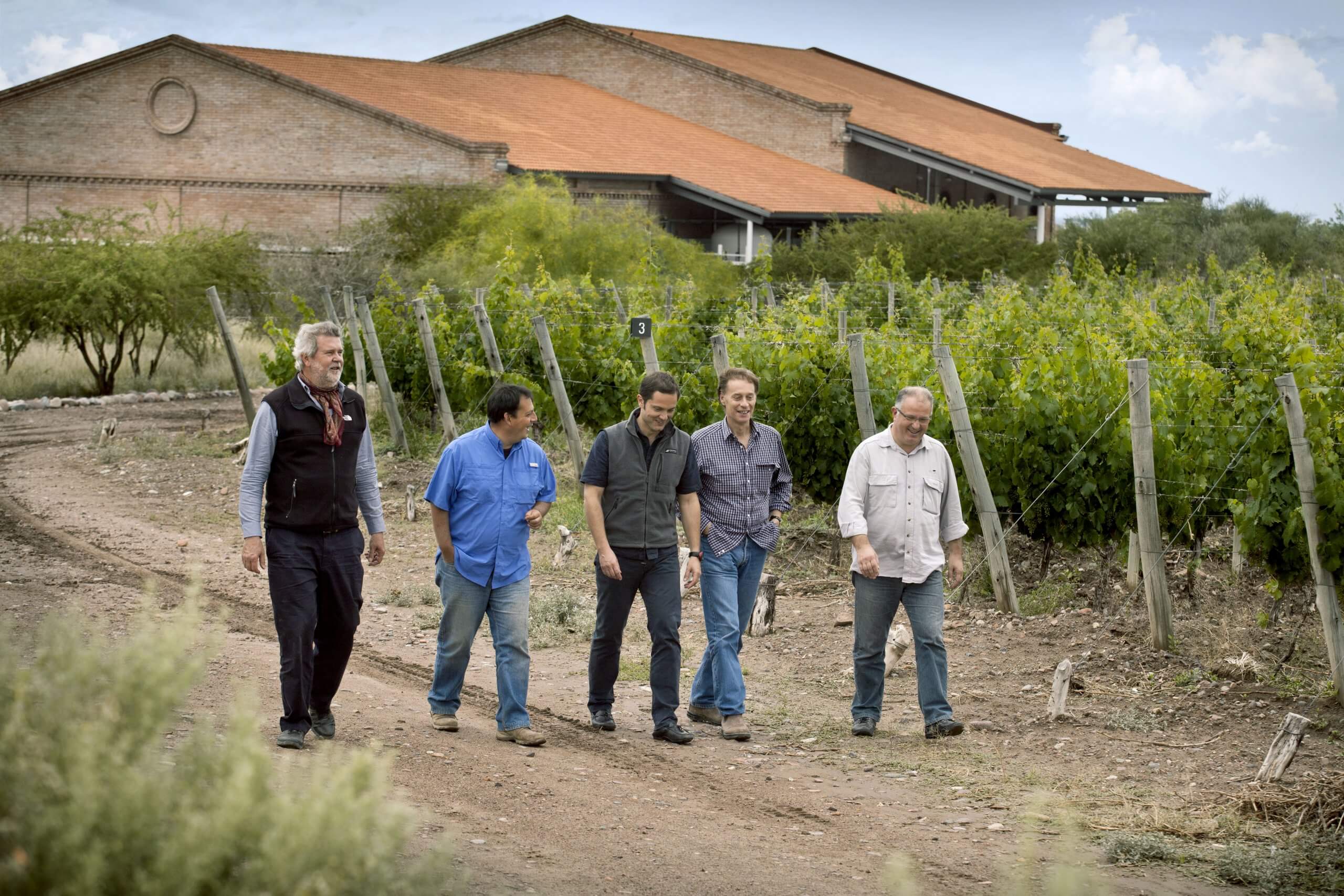
Bonarda
Recent studies point to a genetic relationship between the Argentinian Bonarda and Corbeau (or Charbono) from California rather than to the Italian Bonarda from Piedmont. Regardless of its origin, Bonarda acclimatized well in Argentina and in 2011 was declared an autochthonous grape now known as Bonarda Argentina.
Bonarda Argentina is a delicate grape. Its thin skin must be protected against excessive sun and it needs good ventilation to avoid rot. The best proven trellising system for the Bonarda grape is Parrral, which reduces the ’normal’ 6 to 8.000 vines per hectare to only 1.600 to 2.000. Thus, each vine has between 5 and 6 square meters of space! Late to ripen, Bonarda is the ideal grape for Mendoza with its hot, dry climate and large diurnal temperature swings.
For many years, the Argentinian Bonarda was used only as a blending partner, giving more colour and fruit to other varieties. In 2000, winemakers Alberto Antonini and Attilio Pagli discovered its potential in Mendoza as a single varietal red and were amply rewarded for their effort, producing a wine of good concentration, smooth structure and long finish. In 2003, the first Las Liebres Bonarda was released.
Altos las Hormigas
Mendoza Valle de Uco, Argentina
altoslashormigas.com